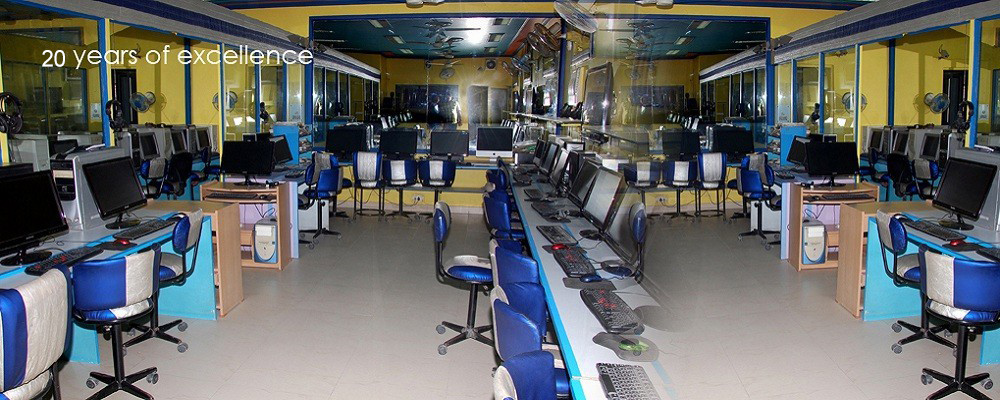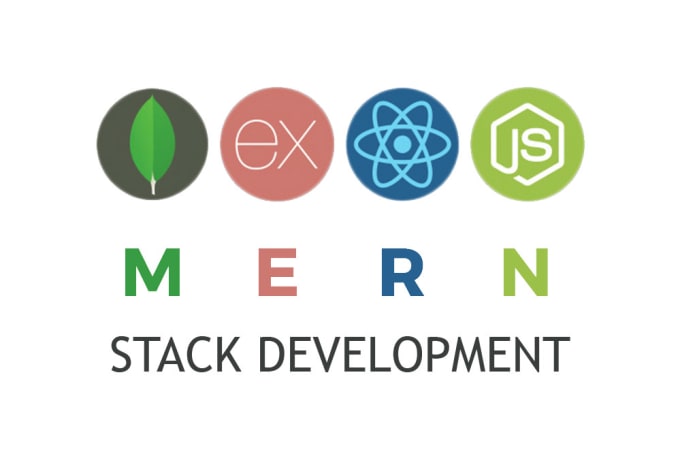Course Description:
MERN Stack is one of the most popular Technology Stack. It is used to develop a Full Stack Web Application. Although it is a Stack of different technologies, all of these are based on JavaScript language.
MERN Stands for:
- M – MongoDB
- E – Express
- R – React
- N – Node.js
This stack leads to faster development as well as the deployment of the Web Application. React is Frontend Development Framework whereas Node.js, Express, and MongoDB are used for Backend development
Introduction
- Introduction to MERN, Single Page Application (SPA)
- Introduction to NodeJS
- Installing Node, React and MongoDB
- Working with VSCode
- Creating an React Project
- Understanding Project Structure
REACT
Introduction
- Introduction to Web Design, Single Page Web Apps and React Web Apps
- Installation of NodeJS and React
- Creating the First App
- Understanding the requirements of a React App
Modern JavaScript (ES6)
- Introduction to Modern JavaScript and ES6 standards
- Running JS on Node
- Understanding “let” and “const”
- Arrow Function
- Exports and Imports
- Classes and Methods
- Spread and Rest Operators
- Destructuring
- Working with Arrays and Functions
React Features and Syntax
- Understanding the Folder Structure
- Understanding Component
- Understanding JSX and its Restrictions
- Creating a Functional Component
- Working with Components & Re-Using Them
- Working with Props
- Working with State
- Handling Events with Methods
- Manipulating the State
- Using the useState() Hook for State Manipulation
- Stateless vs Stateful Components
- Passing Method References Between Components
- Adding Two Way Binding
- Adding Styling with Stylesheets
Lists and Conditionals
- Rendering Content Conditionally
- Handling Dynamic Content
- Working with Lists & State
- Updating State Immutably
- Lists & Keys
- Flexible Lists
Styling React Components and Elements
- Setting Styles Dynamically
- Setting Class Names Dynamically
- Working with Styled Components
- More on Styled Components
- Styled Components & Dynamic Styles
- Working with CSS Modules & Media Queries
React Internal Concepts
- Optimizing the Project Structure
- Splitting an App Into Components
- Comparing Stateless and Stateful Components
- Class-based vs Functional Components
- class Component Lifecycle
- Component Creation Lifecycle
- Component Update Lifecycle (for props Changes)
- Component Update Lifecycle (for state Changes)
- Working with useEffect() in Functional Components
- Cleaning up with Lifecycle Hooks & useEffect()
- Using shouldComponentUpdate for Optimization
- Optimizing Functional Components with React.memo()
- Using PureComponents instead of shouldComponentUpdate
- Understanding How React Updates the DOM
- Rendering Adjacent JSX Elements
- Using React.Fragment
- Higher Order Components (HOC)
- Passing Unknown Props
- Setting State Correctly
- Using PropTypes
- Using Refs
- Refs with React Hooks
- Understanding Prop Chain Problems
- Using the Context API
- contextType & useContext()
HTTP, AJAX and Axios
- Understanding Http Requests in React
- Introducing Axios
- Creating a Http Request to GET Data
- Rendering Fetched Data to the Screen
- Transforming Data
- Making a Post Selectable
- Fetching Data on Update
- POSTing Data to the Server
- Sending a DELETE Request
- Setting a Default Global Configuration for Axios
- Creating and Using Axios Instances
Module 8 - Working on a Project
Routing in SPA and Multi-Page App
- Routing and SPAs
- react-router vs react-router-dom
- Switching Between Pages
- Using Links to Switch Pages
- Using Routing-Related Props
- The "withRouter" HOC & Route Props
- Absolute vs Relative Paths
- Styling the Active Route
- Passing Route Parameters
- Extracting Route Parameters
- Parsing Query Parameters & the Fragment
- Using Switch to Load a Single Route
- Navigating Programmatically
- Understanding Nested Routes and Dynamic Nested Routes
- Redirecting Requests
- Conditional Redirects
- Using the History Prop to Redirect (Replace)
- Working with Guards
- Handling the 404 Case (Unknown Routes)
- Loading Lazy Routes
- Lazy Loading with React Suspense
- Routing and Server Deployment
Forms and Form Validation
- Creating a Custom Dynamic Input Component
- Setting Up a JS Config for the Form
- Dynamically Create Inputs based on JS Config
- Adding a Dropdown Component
- Handling User Input
- Handling Form Submission
- Adding Custom Form Validation
- Adding Validation Feedback
- Showing Error Messages
- Handling Overall Form Validity
- Working on an Error
Working on a Project
NodeJS and ExpressJS
- What is a RESTful API?
- Adding the Node Backend
- Adding the Express Framework
- Improving the server.js Code
- Fetching Initial Posts
- Using the React HTTP Client
- Understanding CORS
- Adding the POST Backend Point
- Adding React
MongoDB
- What is MongoDB?
- Comparing SQL & NoSQL
- Connecting React to a Database
- Setting Up MongoDB
- Using MongoDB Atlas & IP Whitelist
- Adding Mongoose
- Understanding Mongoose Schemas & Models
- Creating a POST Instance
- Connecting our Node Express App to MongoDB
- Storing Data in a Database
- Fetching Data From a Database
- Transforming Response Data
- Deleting Documents
- Updating the Frontend after Deleting Posts
- Adding Posts with an ID
User Authentication & Authorization
- Adding the Login Input Fields
- Handling User Input
- Adding the Signup Screen
- Creating the User Model
- Creating a New User Upon Request
- Connecting React to the Backend
- Understanding SPA Authentication
- Implementing SPA Authentication
- Sending the Token to the Frontend
- Adding Middleware to Protect Routes
- Adding the Token to Authenticate Requests
- Improving the UI Header to Reflect the Authentication Status
- Improving the UI Messages to Reflect the Authentication Status
- Connecting the Logout Button to the Authentication Status
- Redirecting Users
- Adding Route Guards
- Reflecting the Token Expiration in the UI
- Saving the Token in the Local Storage
- Adding a Reference to the Model
- Adding the User ID to Posts
- Protecting Resources with Authorization
- Passing the User ID to the Frontend
- Using the User ID on the Frontend
Project Deployment
- Deployment Options
- Deploying the REST API
- Deploying the REST Api
- Deploying React
- React Deployment - Finishing the Two App Setup
- Using the Integrated Approach
MERN Stack (React NodeJS ExpressJS MongoDB) Training center in West Delhi, Uttam nagar. Best certified computer course curriculum for professional learning institute near Dwarka, Uttam Nagar, Jankapuri, Tilak Nagar, Subhash Nagar, Tagore Garden, Rajouri Garden, Ramesh Nagar, Moti Nagar, Kirti Nagar, Shadipur, Patel Nagar, Rajendra Place, Karol Bagh, Jhandewalan, Ramakrishna Ashram, Connaught Place, vikaspuri, najafgarh, Delhi Cantt, Dhaula Kuan, Palam Colony, Palam Villag, Dabri, Hari Nagar, Fateh Nagar, Raja Garden, Punjabi Bagh, Shivaji Park, Paschim Vihar, Peeragarhi, Inderlok, Netaji Subhash Place, Pitampura, Rohini, Chandni Chowk, New Delhi, East Delhi, North Delhi, West Delhi.











